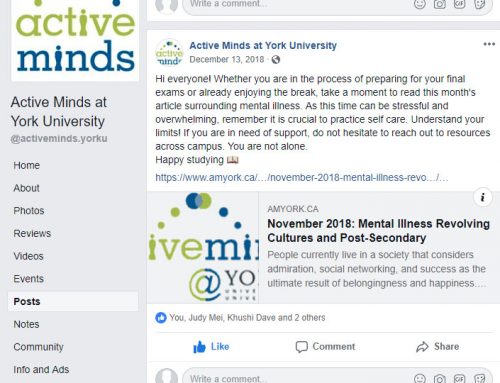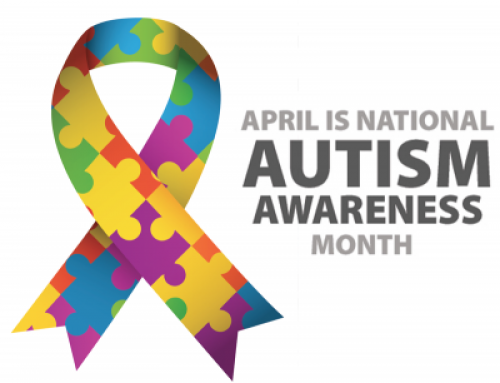Part of my passion as a psychology student is reducing the stigma around mental health issues that are usually considered “crazy” or “scary.” When I learned about Borderline Personality Disorder earlier this year in my personal life, I thought it was absolutely necessary to reduce the stigma around this specific mental health issue.
Borderline Personality Disorder (BPD) sounds similar to Multiple Personality Disorder, which is now known as Dissociative Identity Disorder. The similar titles might be one of the reasons why BPD are sometimes seen as having shifting personalities. However, this is far from the case.
BPD is a complex disorder characterized by intense and unstable emotions. It can often be misdiagnosed as bipolar disorder because people with BPD tend to experience frequent highs and lows. It can also be misdiagnosed, or diagnosed alongside, clinical depression, as people with BPD tend to experience intense sadness and low moods. Nearly 80% of people with BPD are women, which comes with the added stigma since women can be stereotyped as overly emotional.
There are a few specific signs to know if you or someone you know is experiencing BPD that differ from other psychological disorders. Splitting is a psychological phenomenon often seen in people with BPD. Splitting means only being able to view thoughts, feelings, and ideas in extremes. An example could be viewing a romantic partner as an “angel who can do no wrong” when they present a kind gesture like giving flowers, and then viewing a romantic partner as a terrible, evil person if they make or mistake or disappoint you. Instead of viewing the romantic partner as a human with flaws who have good and bad days, people with BPD might only view their partner as one or the other depending on recent events, so people with BPD might react by breaking up with their partner, and then regretting it later. This type of reckless behaviour and self-sabotaging is another sign of BPD.
Splitting also means having extreme thoughts about the self and having an unstable self-image. For example, a person with BPD might feel like a genius after receiving an A on their test, only to feel extremely stupid and have an intense crying fit later on in the day if their boss corrects a mistake they have made at work.
Because of this, people with BPD might feel like their emotions are out of control or like they have strong emotional reactions to seemingly minor events or issues. They might also lash out in sudden anger.
Other symptoms of BPD include feelings of emptiness, suicidal ideation and self-harm, fear of abandonment, and paranoia.
If you suspect that you or a loved one is suffering from BPD, don’t hesitate to reach out by going to your family doctor and asking for a referral to a psychologist. Currently, there are no medications specifically to treat BPD, but if you suffer from anxiety or depression alongside BPD, there are medications that might help reduce your suffering.
The most common treatment for BPD is Dialectical Behavioural Therapy, a type of Cognitive Behavioural Therapy that was modified specifically for people with BPD. DBT usually is done in four steps. First, the therapist helps the patient learn mindfulness to help tolerate powerful emotions. The second step is distress tolerance, to help patients tolerate distressing feelings and self-soothe when they face them, instead of hiding from them or self-harming. The third step is emotional regulation, which helps patients increase positive emotions, recognize their feelings, learn problem-solving skills, and change negative thoughts. The final step is interpersonal effectiveness, which helps patients have healthy relationships by learning communication skills and balancing the needs of others while also remaining emotionally balanced. BPD tends to be at its worst in young adulthood, but it is highly treatable, leading people to feel relief from the disorder in their adult lives.
I hope this article provided more information on a commonly misunderstood mental health issue.



























